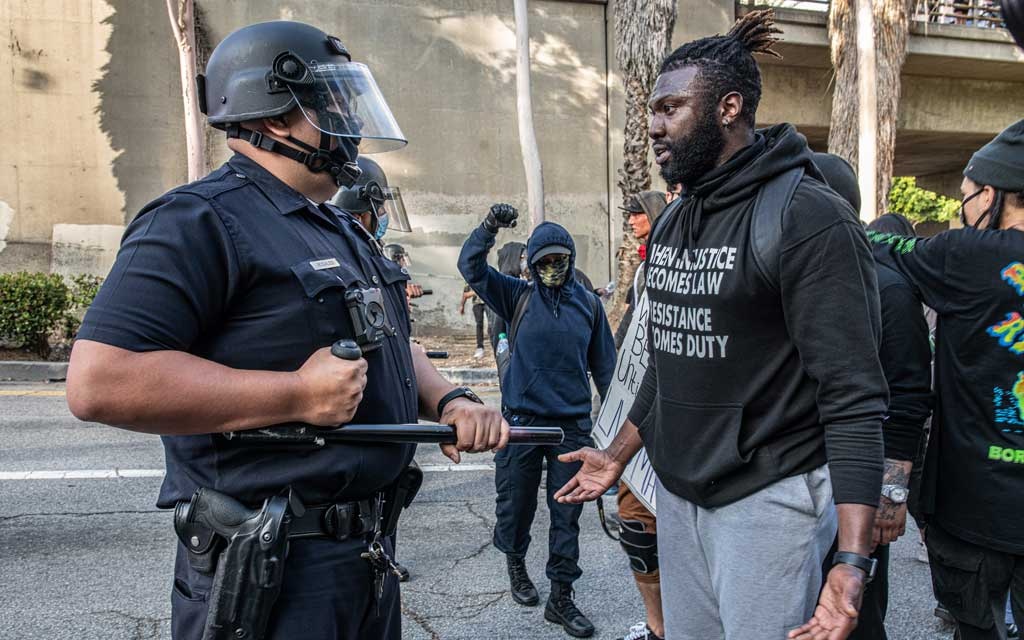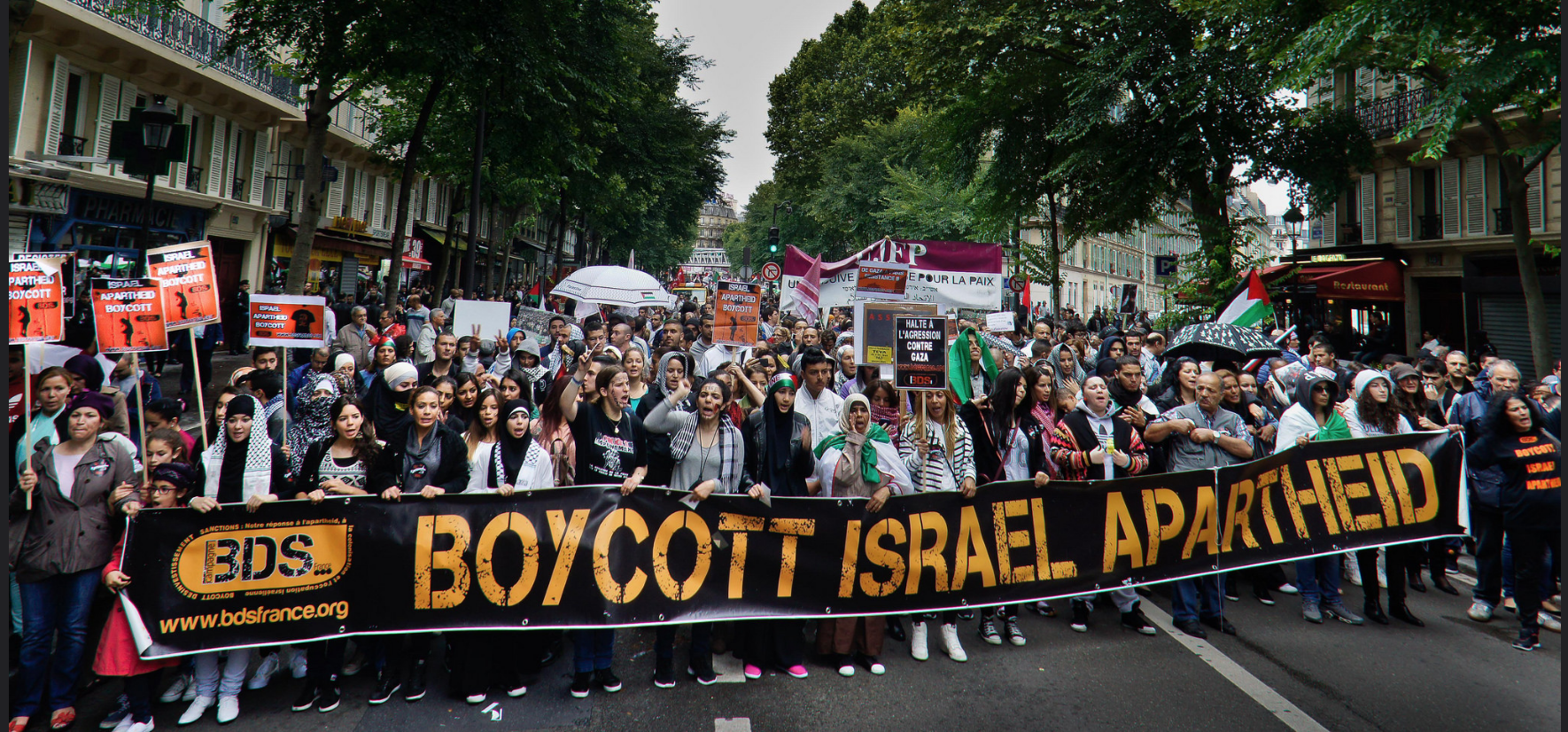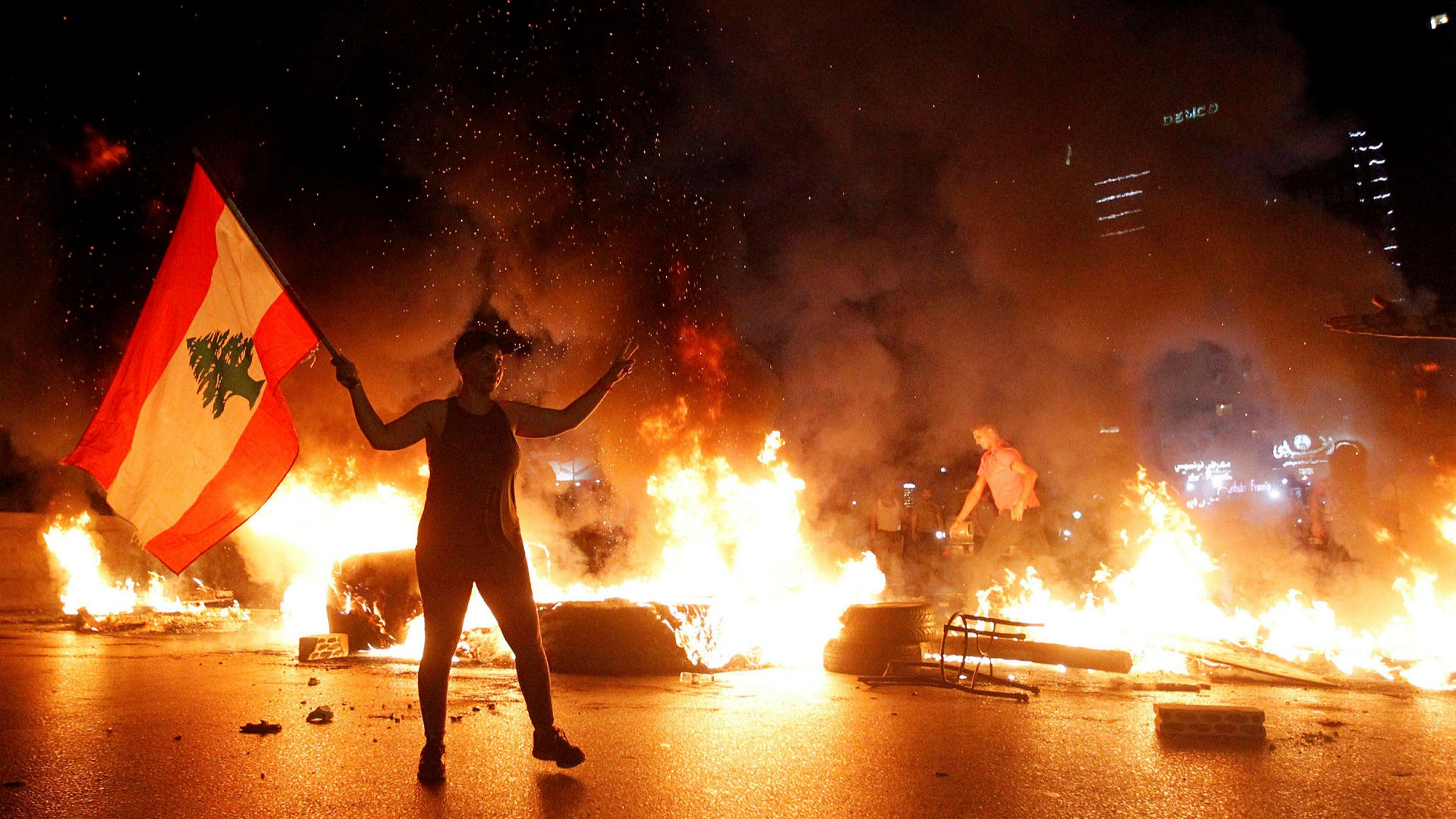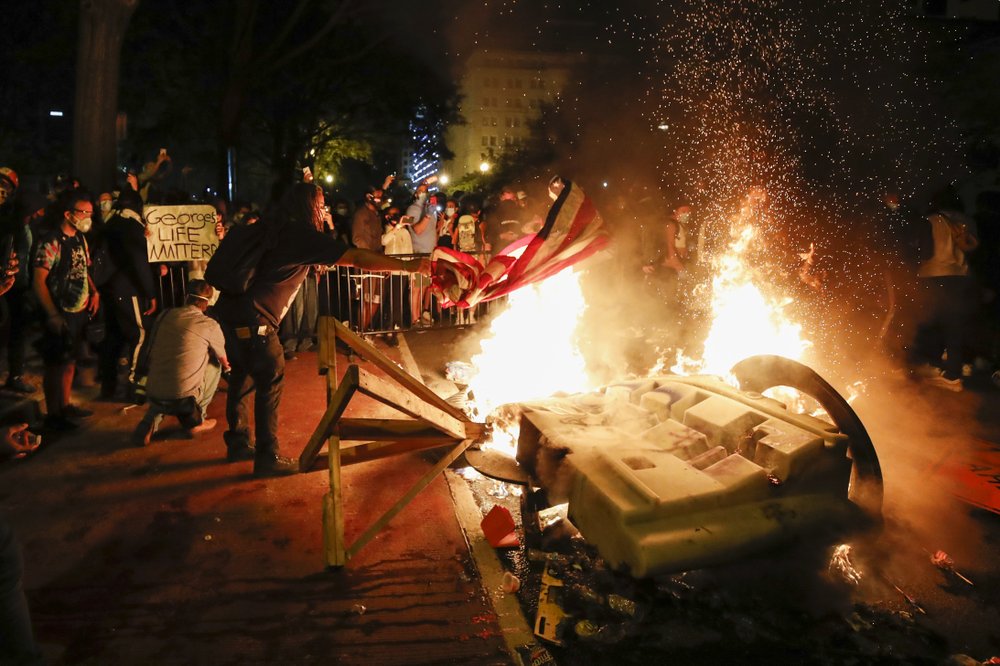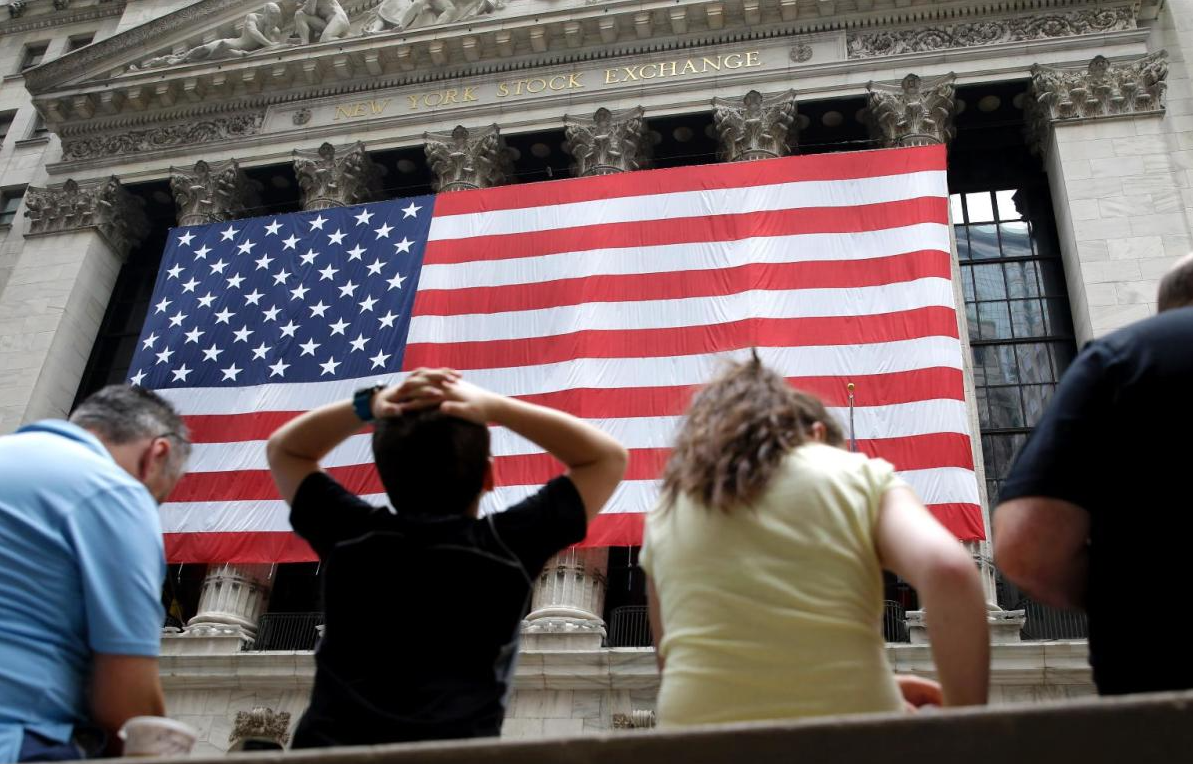Protests across the US continued on the night of Friday, May 29. Outrage over the death of George Floyd, yet another black person that died while in police custody, has sparked large protests around the country. While most media express agreement with the main complaints of the protesters, the events are nonetheless painted as violent, destructive, and chaotic.
Systemic racism and widening inequality in the United States appears to have reached a tipping point as civil disobedience and protest are the only tools left for a black community seemingly under siege. But the protests are not being treated as a legitimate form of expression and productive outrage. Instead, the media paint the events as violent disruptions of American society.
State violence
The main complaint of the protestors is the excessive violence exercised by American law enforcement on people of color. The continued disregard for and distrust of America’s black communities by those that are tasked with protecting them has created a state in which a certain section of society has to fear those that police them.
With decades of political inaction, the only recourse left for the embattled community is to take to the streets and perform that most American of all values by freely protesting the government.
State officials are not channeling the understandable outrage into productive events. Instead of granting permits to protests and creating venues for free expression, protesters have met police in riot gear, tear gas, and rubber bullets.
Over half a century since the Rev. Dr. Martin Luther King Jr. dared to dream that one day his children might live in a nation where they would “not be judged by the color of their skin but by the content of their character,” that dream still appears elusive.
Press attacked
Even the press covering the events have faced police repression. A camera crew in Louisville, Kentucky was pelted with pepper-infused non-lethal ammunition. As is common in US policing, the individual officer shooting at the camera crew was not corrected by his colleagues, forcing the local television staff to retreat.
In Minneapolis, state troopers arrested Omar Jimenez, a black reporter for CNN during his live broadcast after repeatedly expressing his team’s willingness to cooperate with police instructions. The governor of Minnesota has since apologized to CNN, but the event remains an example of the distrust and intimidation commonly applied by local law enforcement.
Media framing
US media have covered the protests primarily by first briefly recognizing the grievances of the crowd, before spending the rest of coverage with sensationalist footage of looting and violence.
The Washington Post spoke of “absolute chaos” in its headline, the New York Times similarly called the events a “night of chaos,” while MSNBC emphasized “clashes with police.” Governors, mayors, and state officials around the country have told protesters to “go home” as the media has effectively turned the narrative away from George Floyd’s tragic murder and onto a projecting of chaotic and unruly largely black protesters.
Fox News has been the worst offender as it has disproportionately broadcast footage of looting and violence in an apparent attempt to discredit the protests and reinforce stereotypes of the black community being disruptive and violent.
Black and white contrast
The police and media responses stand in stark contrast to the protests against COVID-19 measures over the past weeks. Heavily armed, mostly white protesters faced no police barricades, tear gas, or rubber bullets, but instead enjoyed a pleasant afternoon as they exercised their unimpeded constitutional right to free speech.
Even when protesters “stormed” the capitol building in Michigan they faced little to no resistance or police response. These protestors were able to enter the government building carrying rifles and pistols and organize rallies with not a single armed police officer in sight.
Systemic racism
The contrast between the protests could not be more clear. Unarmed black protesters with genuine grievances face tear gas and rubber bullets while heavily-armed white protesters disregarding public health advice are treated with “kid gloves.”
The COVID-19 crisis has added even more evidence of the systemic and structural racism that people of color in the United States face on a daily basis. Black Americans are arrested disproportionately, face longer prison sentences, are on average ten times poorer than white Americans, and even die in much greater numbers from COVID-19 infections.
And much more injustice is ahead. As a moratorium on evictions is set to soon expire, a “tsunami of evictions” is coming, which will, again, affect the black community to a much greater extent.
With no political recourse left, a long-unanswered question remains. Americans are left to ponder what black communities are supposed to do to achieve justice and equality in the eyes of law enforcement if merely exercising their constitutional rights to protest their government is met with state violence, media sensationalism, and continuing systemic oppression.
US authorities would be wise to heed the words of Michel Foucault, who said “justice must always question itself, just as society can exist only by means of the work it does on itself and on its institutions.”

